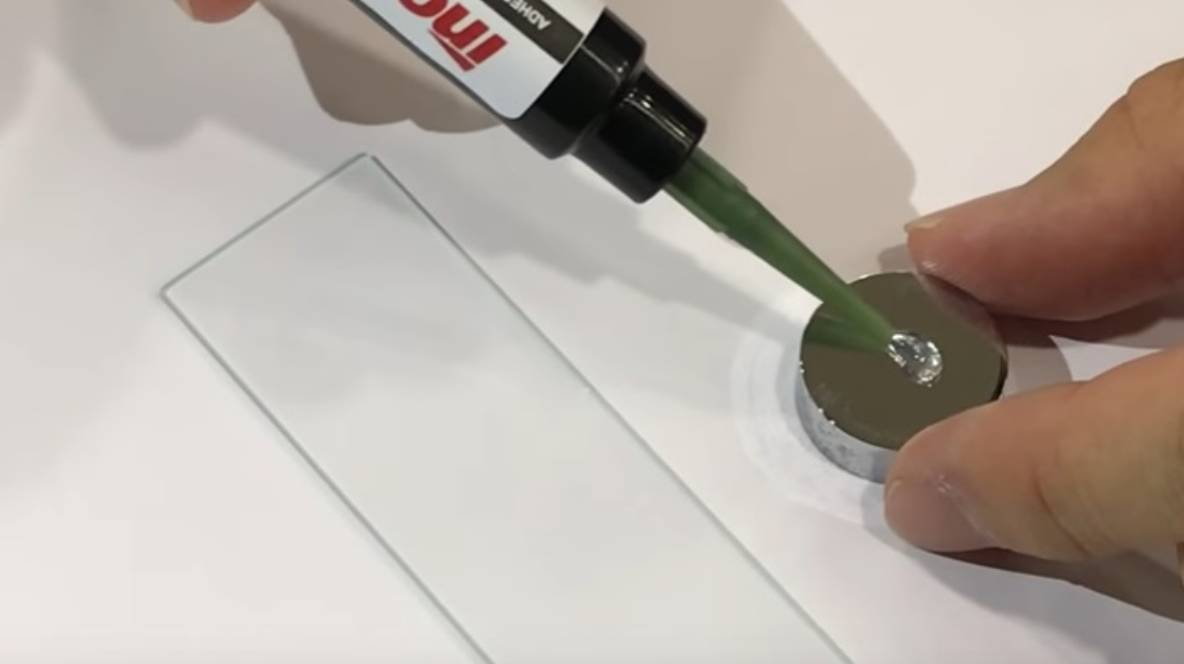UV Resin vs. Hot Glue: Choosing the Right Adhesive for Your Project
When it comes to adhesive options, UV resin and hot glue are two popular choices, each with its own set of advantages and ideal applications. Whether you’re working on a DIY craft project, repairing electronics, or tackling professional manufacturing tasks, understanding the differences between UV resin and hot glue can help you make the best decision for your needs. In this blog, we’ll compare UV resin and hot glue, highlighting their key characteristics, benefits, and suitable applications to guide you in choosing the right adhesive for your project.
What is UV Resin?
Understanding UV Resin
UV resin is a liquid adhesive that cures and hardens when exposed to ultraviolet (UV) light. It is known for its quick curing time and strong, durable bonds. UV resin is often used in applications requiring precision and clarity, such as in electronics, jewelry making, and model building.
Key Characteristics of UV Resin
- Rapid Curing: UV resin cures almost instantly when exposed to UV light, allowing for fast processing and immediate handling.
- High Bond Strength: It forms strong, durable bonds that are resistant to stress and environmental factors.
- Clarity: UV resin often dries clear, making it ideal for applications where aesthetics are important.
- Precision: The liquid form allows for precise application, which is useful for intricate or detailed projects.
What is Hot Glue?
Understanding Hot Glue
Hot glue is a thermoplastic adhesive that is applied using a hot glue gun. It melts when heated and solidifies as it cools, forming a strong bond. Hot glue is widely used in crafts, repairs, and general bonding applications.
Key Characteristics of Hot Glue
- Versatility: Hot glue can bond a wide variety of materials, including wood, fabric, plastic, and metal.
- Quick Setting: Although not as fast as UV resin, hot glue sets quickly as it cools, allowing for rapid assembly.
- Ease of Use: The hot glue gun is user-friendly and ideal for both large and small projects.
- Flexibility: Hot glue remains somewhat flexible after cooling, which can be advantageous for applications involving movement or stress.
UV Resin vs. Hot Glue: A Comparison
1. Curing Time
- UV Resin: Cures almost instantly under UV light, allowing for fast project completion and minimal wait times.
- Hot Glue: Sets quickly as it cools but typically requires a few minutes to fully harden. The initial cooling time is relatively short, but full strength is achieved as it cools completely.
2. Bond Strength
- UV Resin: Provides a high-strength, durable bond that is resistant to stress and environmental factors. It is particularly effective for bonding delicate or intricate materials.
- Hot Glue: Offers a strong bond but is generally less durable under extreme conditions compared to UV resin. It is suitable for most general bonding needs but may not withstand heavy stress or high temperatures.
3. Material Compatibility
- UV Resin: Ideal for bonding materials like glass, metal, and some plastics. It is especially useful for projects where transparency is important.
- Hot Glue: Versatile and can bond a wide range of materials, including wood, fabric, paper, and some plastics. It may not adhere well to very smooth or non-porous surfaces.
4. Application Precision
- UV Resin: Allows for precise application, making it perfect for detailed work. It is also useful for applications where a clear bond is required.
- Hot Glue: Easier to use for large-scale applications but can be less precise. It may create visible glue lines or blobs, which can be an issue for aesthetic projects.
5. Temperature Resistance
- UV Resin: Generally resistant to temperature fluctuations and environmental factors, maintaining its bond strength in various conditions.
- Hot Glue: May become soft or lose strength when exposed to high temperatures, limiting its use in heat-sensitive applications.
Best Applications for UV Resin
- Jewelry Making: Creates strong, clear bonds for intricate designs.
- Electronics: Provides precise, durable bonding for delicate components.
- Model Building: Ideal for detailed work requiring high clarity and strength.
- Optics: Useful for applications where a transparent adhesive is essential.
Best Applications for Hot Glue
- Craft Projects: Versatile for various materials and quick assembly.
- Home Repairs: Effective for general repairs and quick fixes.
- Fabric and Textiles: Bonds well with fabric and other flexible materials.
- DIY Projects: Suitable for a wide range of creative and practical applications.
Conclusion
Choosing between UV resin and hot glue depends on the specific needs of your project. UV resin is ideal for precision, clarity, and high-strength applications, while hot glue offers versatility, ease of use, and quick setting for general bonding tasks. Understanding the strengths and limitations of each adhesive will help you select the best option for your needs and achieve optimal results.
If you have any questions or need further advice on adhesives, feel free to contact us. We are here to assist you with all your bonding needs.
